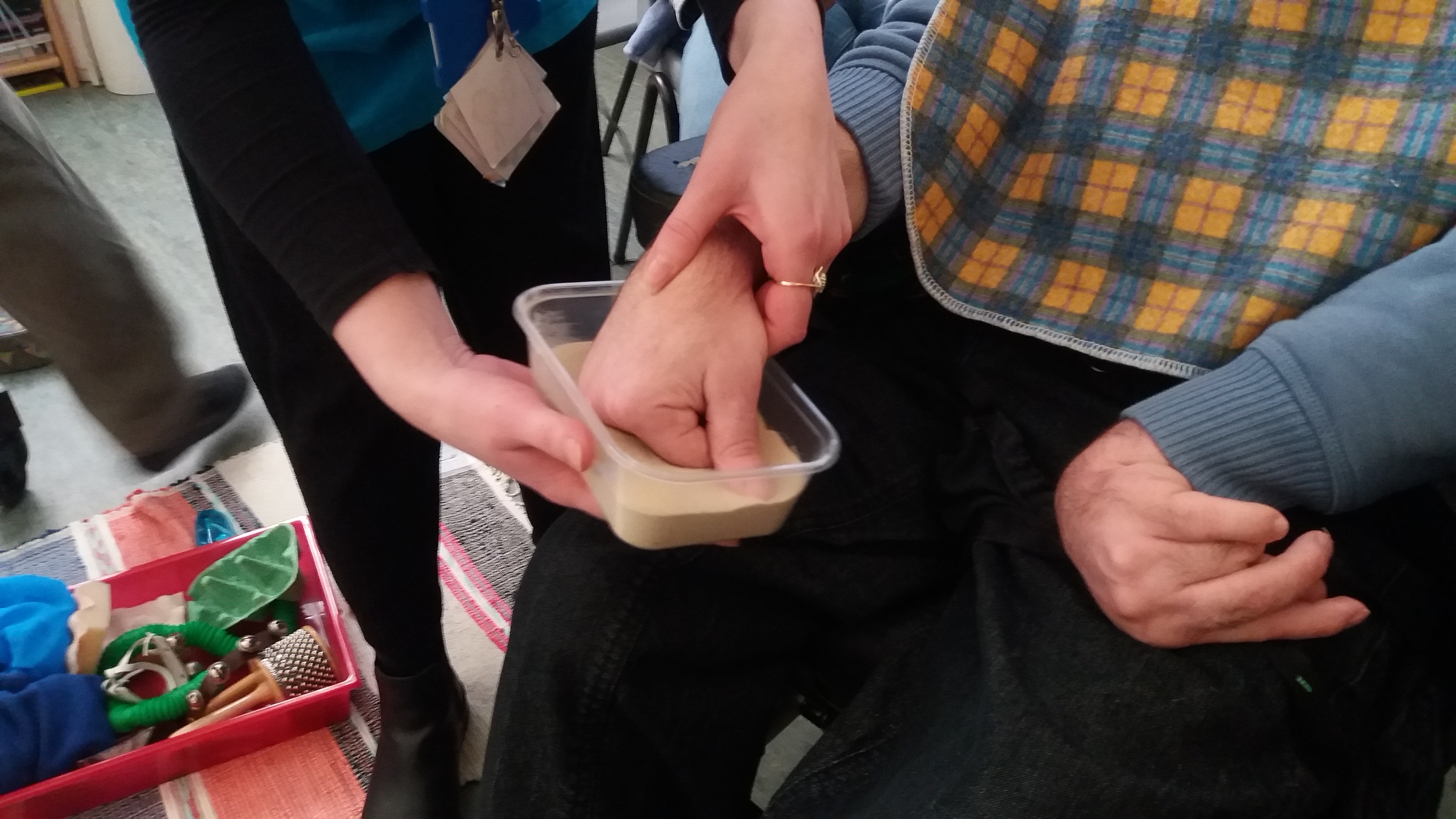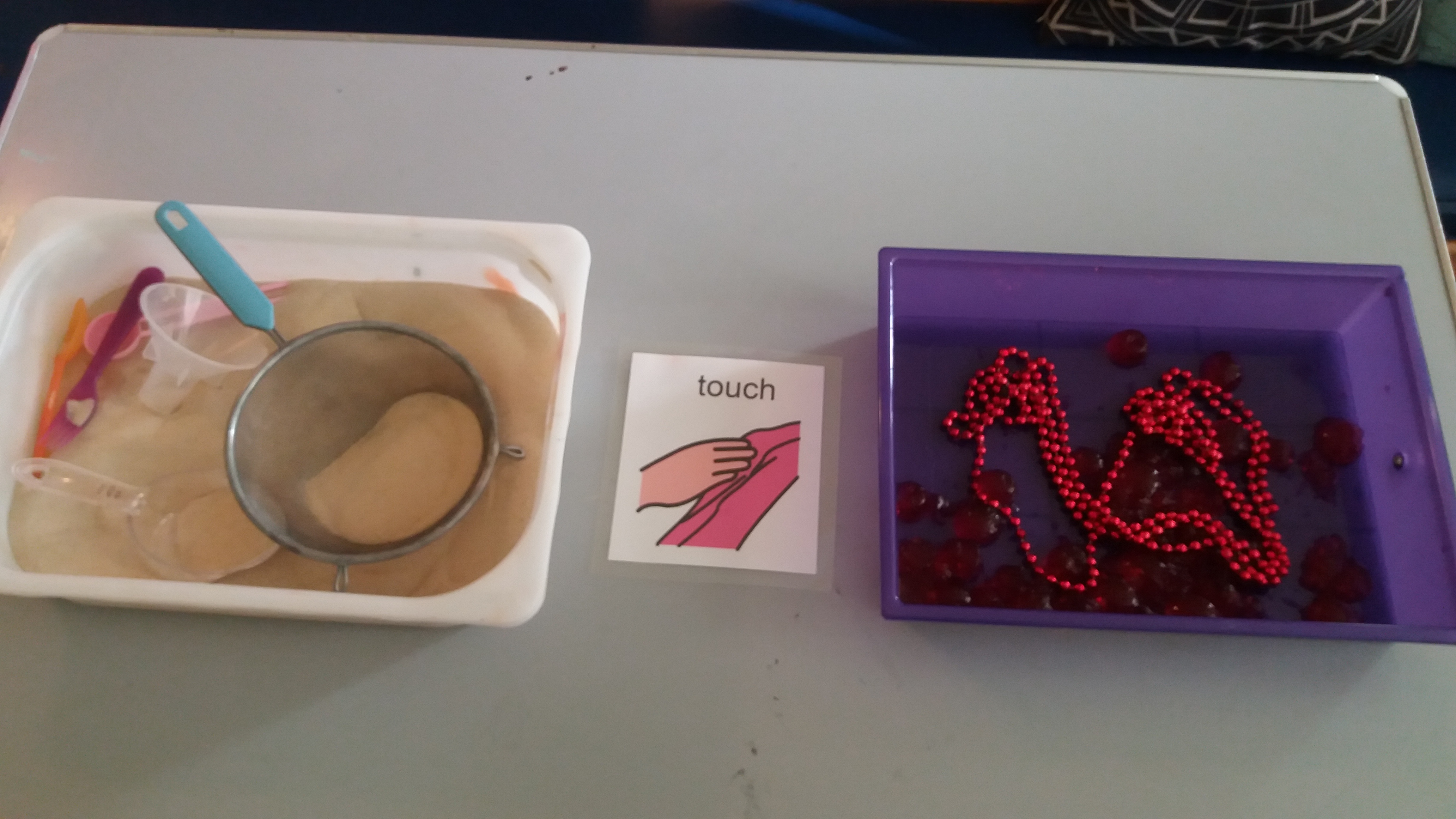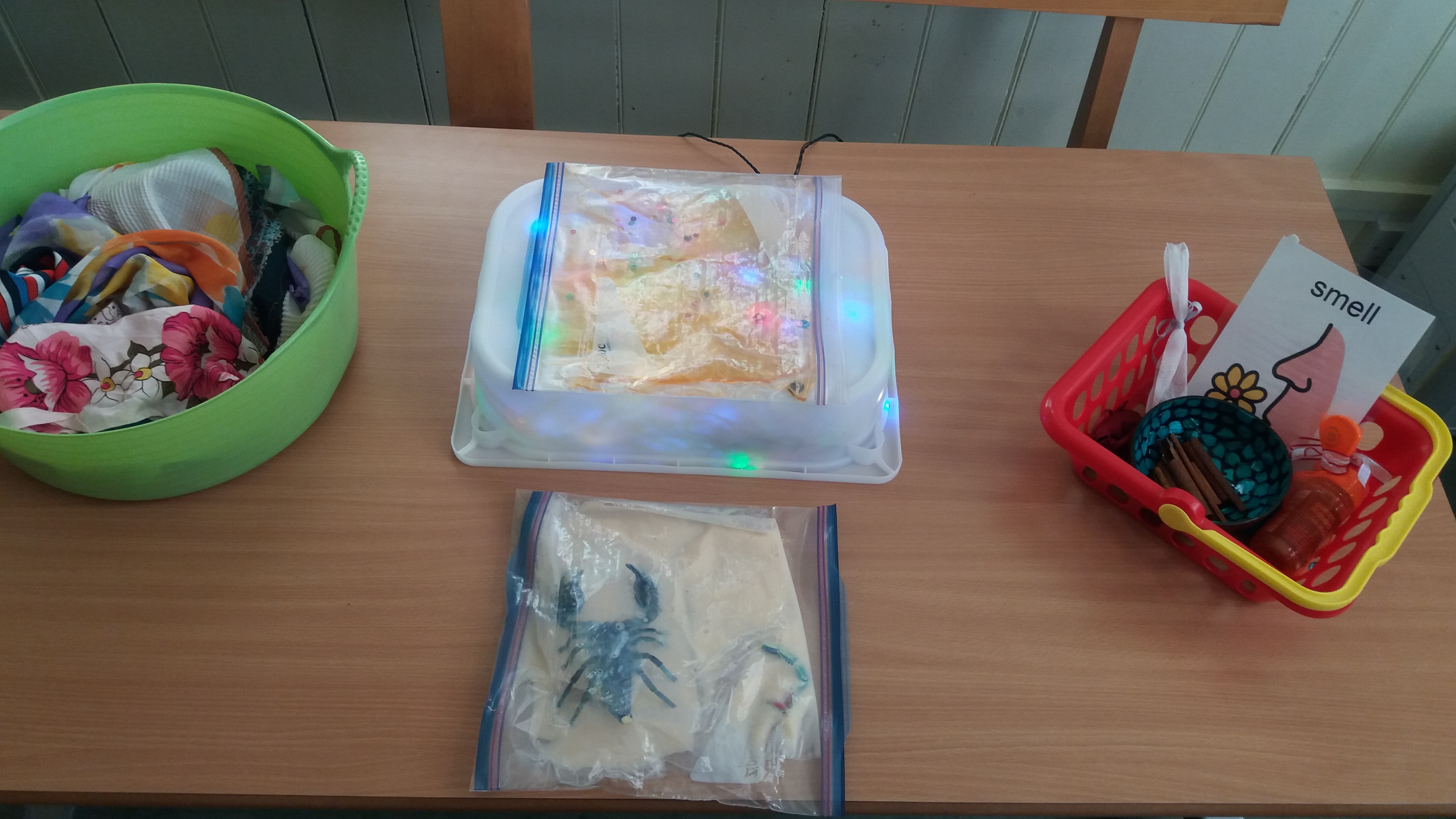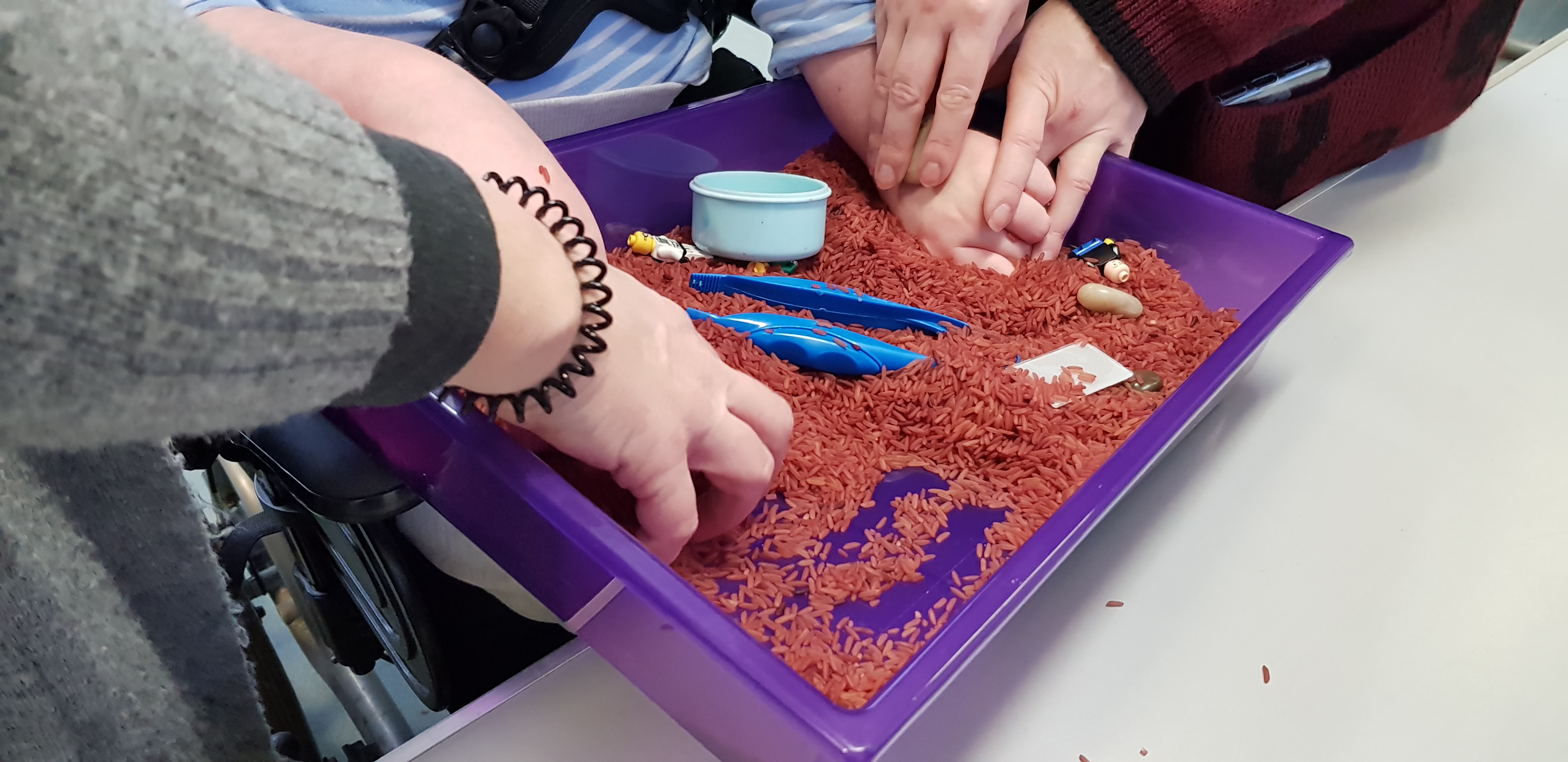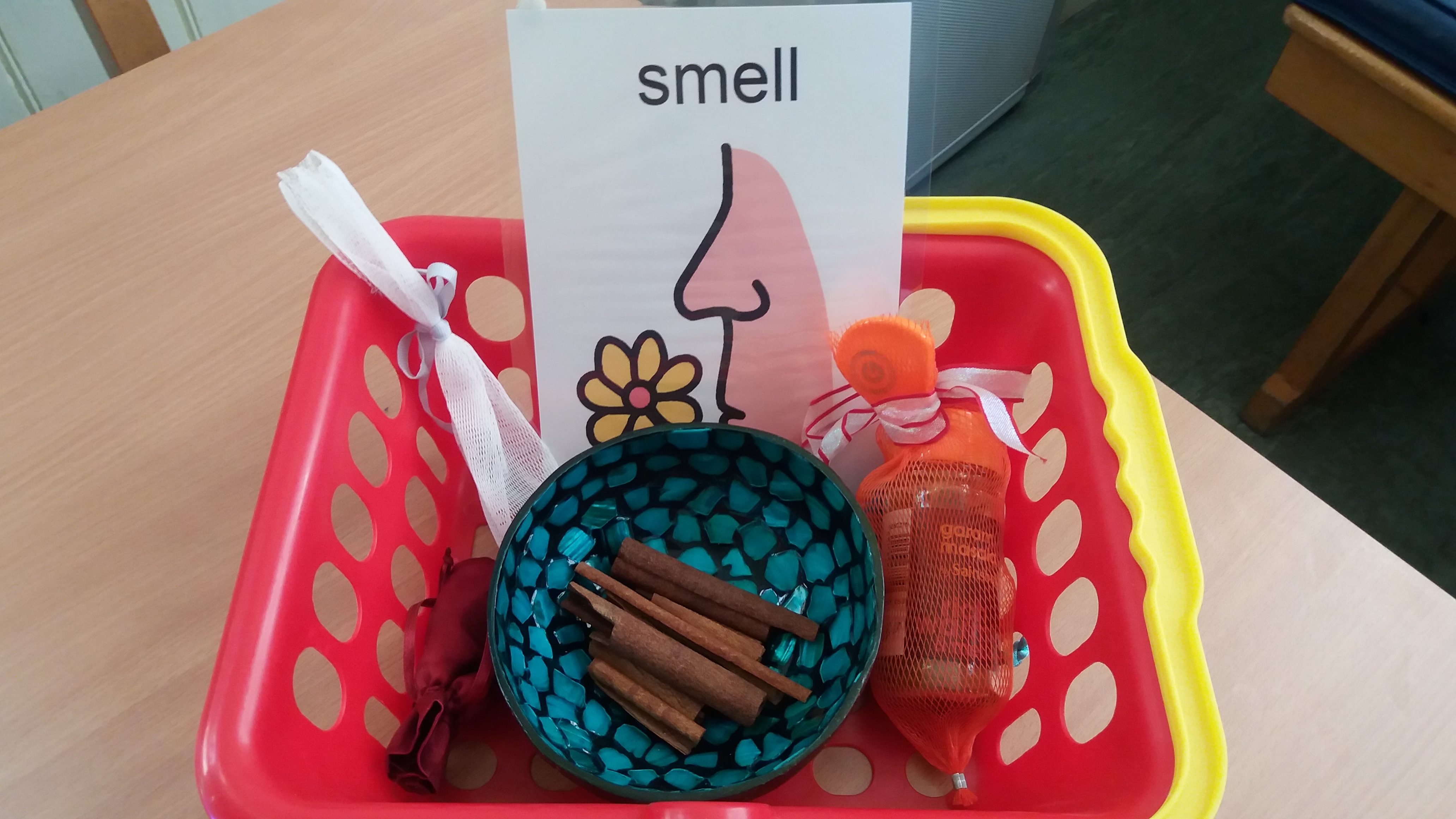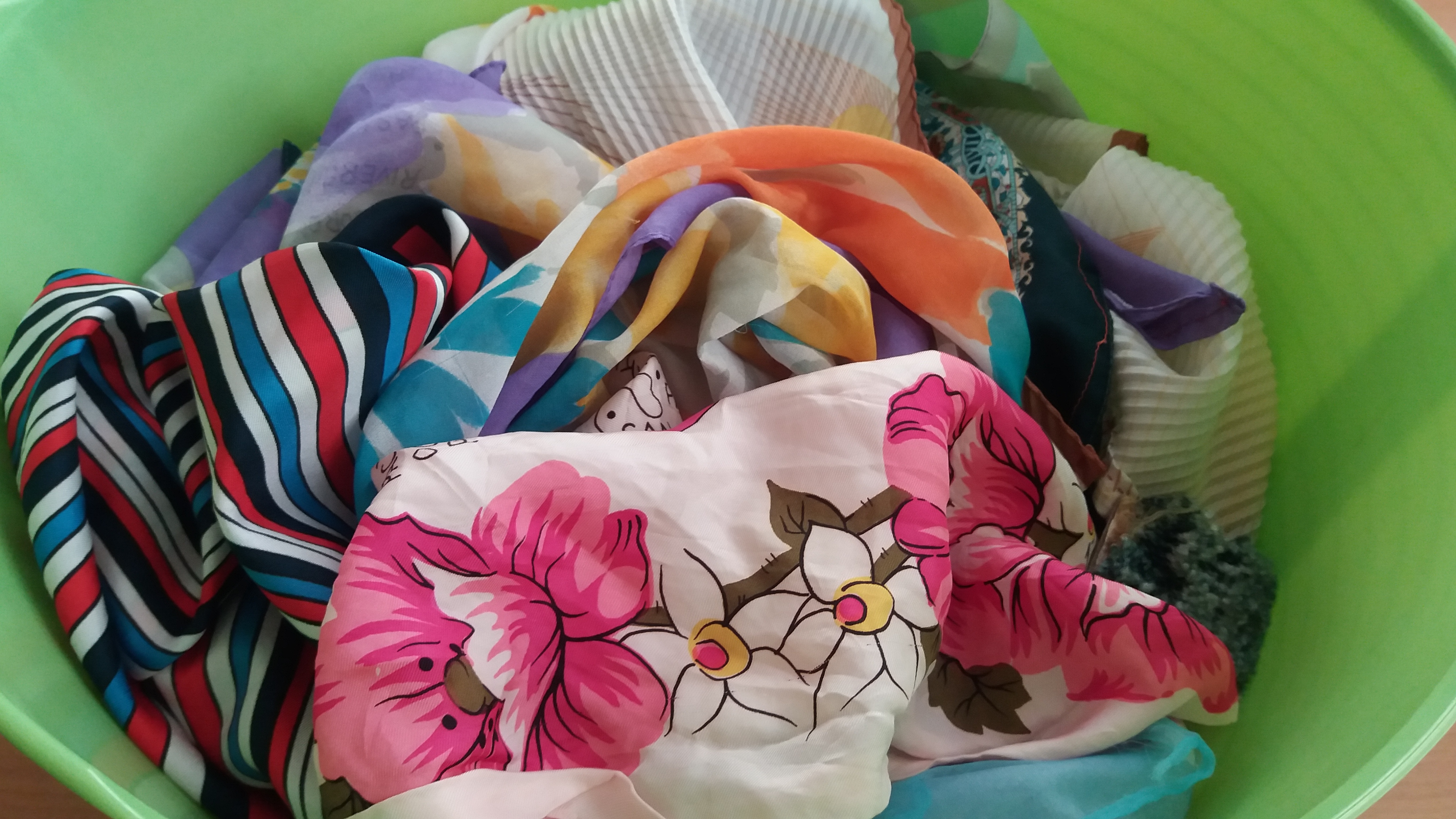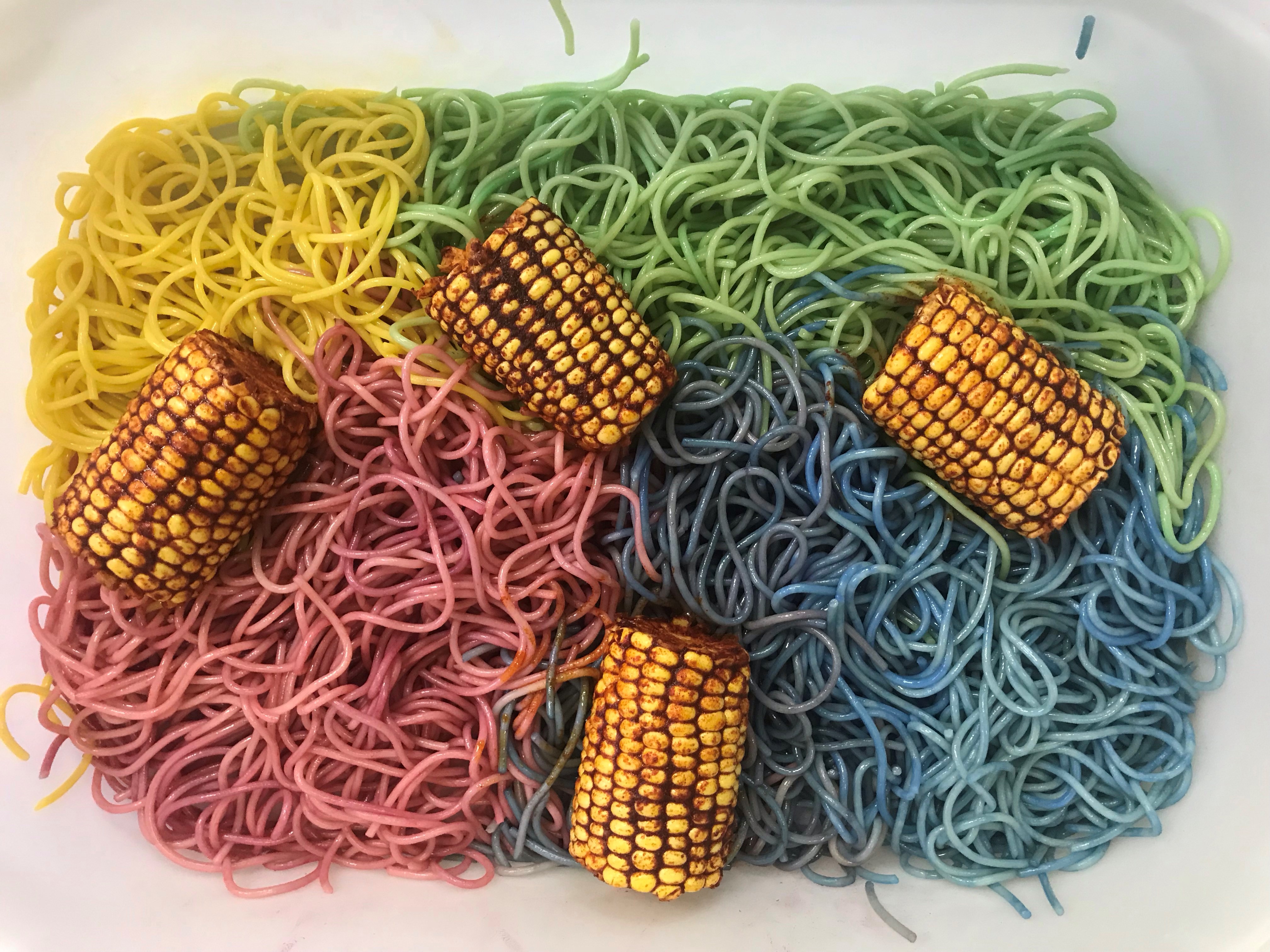To celebrate World Book Day (Thursday 7th March) we thought we’d share with you our top tips for making a DIY sensory story!
The benefits of sensory stories for individuals with multiple support needs are endless – they help capture their imagination, introduce new sensory experiences, develop language and social interaction. That’s why we use them in many of our groups here at SensationALL, for both children and adults.
To make your own sensory story at home follow these simple steps:
- Choose a book, story or theme that you like
- Keep it brief – shorten the story and simplify if necessary
- Keywords – think about who/what/where/doing words
- Use props – think about turning the key words into physical objects – things to touch and smell
- Noise – use sounds as much as possible such as songs and clapping. Actions and Makaton signs are also really useful
- Be imaginative – don’t worry if your prop isn’t literal, be inventive and creative
- Have fun! Most important thing is to enjoy the journey the story takes you on
Here are some of the items we used in recent sensory stories…

